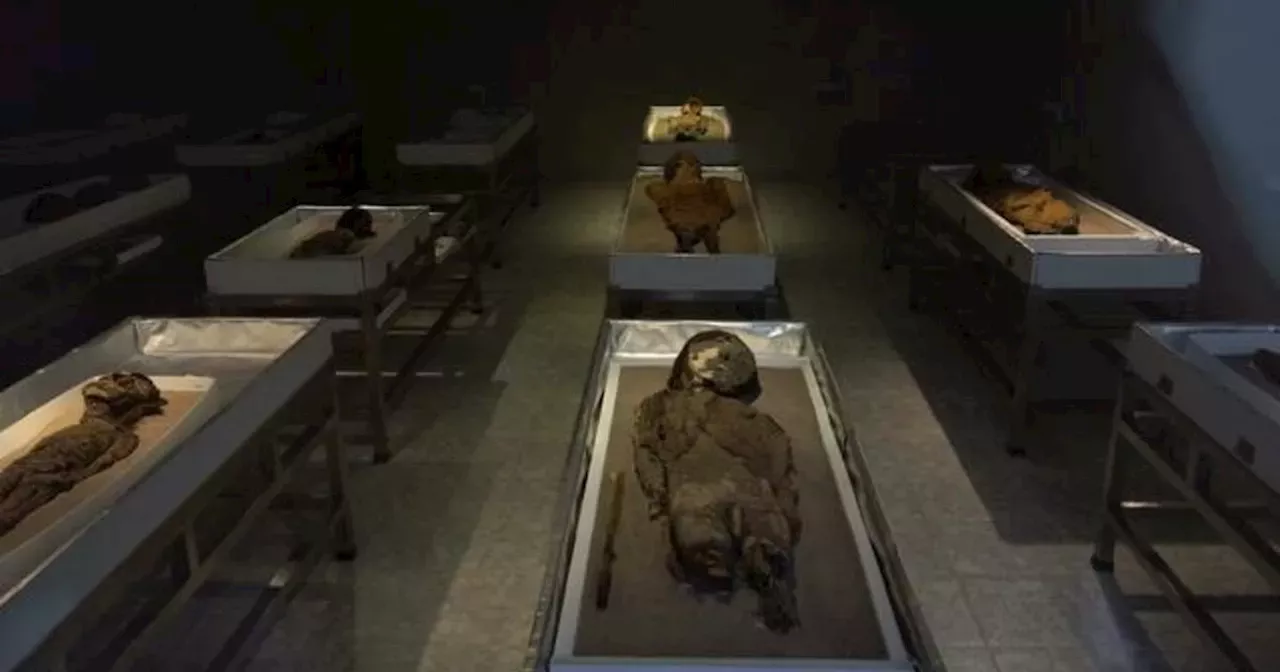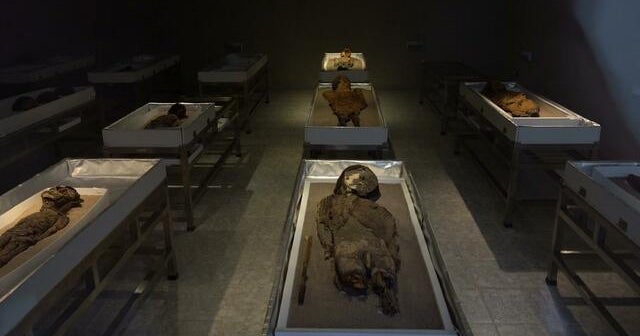
In the Atacama Desert of Chile, archaeologists are racing against time and climate change to preserve ancient mummies that date back over 5,000 years. The Chincorro people, who inhabited the region long before the Egyptians began mummifying their dead, left behind a wealth of information about their culture through these preserved remains. However, human development and climate change pose significant threats to these valuable relics.
The Atacama Desert is home to some of the world's oldest mummies, older than those found in Egypt. The Chincorro people began mummifying their dead around 5,000 years ago by decorating bodies with reed blankets, clay masks, and human hair. These unique practices have provided valuable insights into the lives of these ancient people.
However, climate change poses a significant threat to these precious relics. An increase in sea surface temperatures could lead to atmospheric humidity and decomposition of mummies and other clues in the desert. Archaeologists are working to raise awareness about the importance of preserving these sites and have designated some areas as UNESCO World Heritage Sites.
Despite these efforts, many mummies remain hidden in the arid desert, at risk from both natural and human-induced factors. Bernando Arriaza, a professor at the University of Tarapaca, is working to preserve these sites and raise awareness about their significance. He emphasizes that it's a collective effort to ensure the preservation of these valuable cultural relics.
The Chincorro mummies offer a unique glimpse into ancient life in Chile and provide valuable insights into human history. Archaeologists are working tirelessly to preserve these relics, but they face significant challenges from both climate change and human development. The race is on to save these precious remains before they are lost forever.
